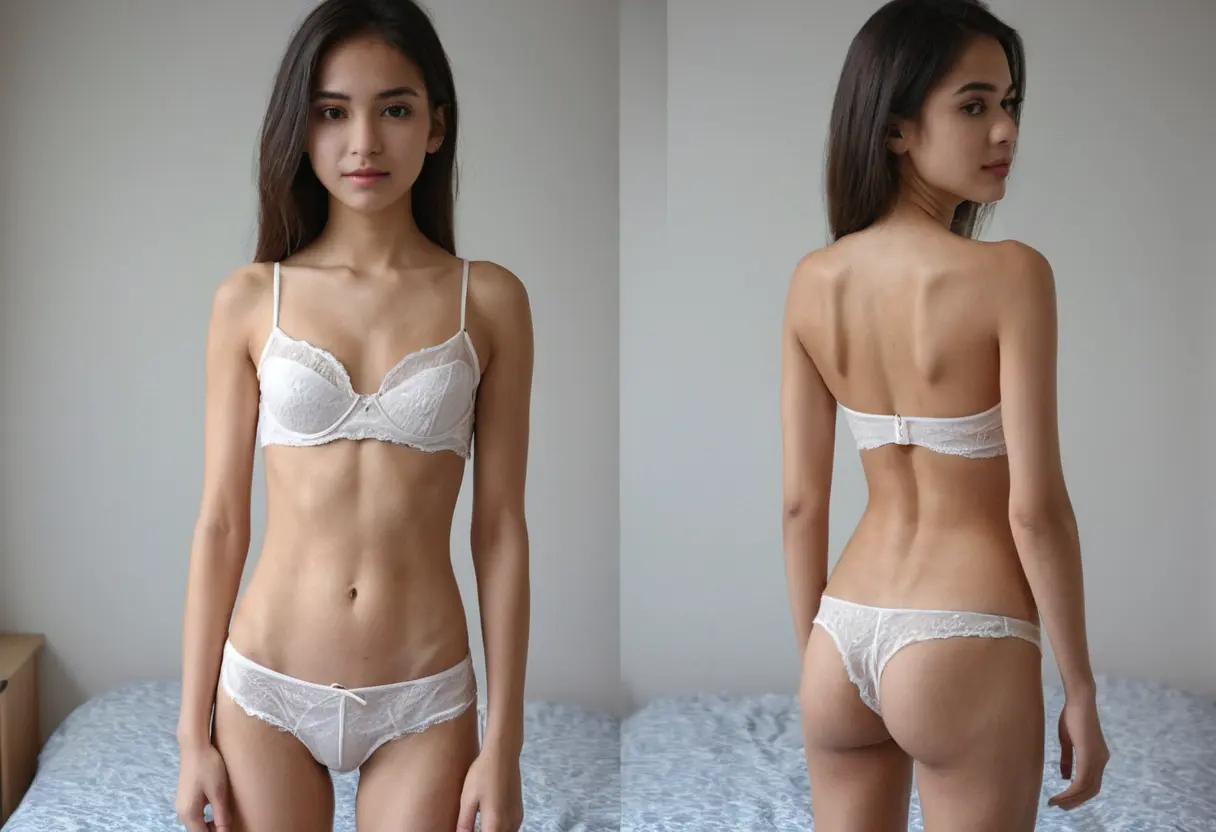Exploring the Role of AI in Virtual Clothing Removal and Privacy Concerns
Exploring the Role of AI in Virtual Clothing Removal and Privacy Concerns
As artificial intelligence (AI) continues to evolve, its applications have reached far beyond traditional sectors such as healthcare, finance, and entertainment. One of the most controversial and rapidly developing areas is the use of AI in virtual clothing removal. This technology, while offering exciting potential in fields like virtual fashion, digital art, and online shopping, also raises significant concerns about privacy and ethics. This article delves into the role AI plays in virtual clothing removal, its uses, potential dangers, and the pressing privacy concerns that come with such innovations.
What is Virtual Clothing Removal Using AI?
Virtual clothing removal refers to the process where AI algorithms manipulate digital images or videos to create a version where the clothing is digitally removed or altered. This can be used in various applications such as virtual try-on solutions, digital fashion, and content creation. AI techniques, including deep learning and computer vision, enable software to recognize human figures and clothing, then transform images in a way that simulates the removal of clothes while maintaining anatomical integrity.

Some common AI technologies used for this purpose include:

- Generative Adversarial Networks (GANs): These AI models generate realistic human images and can be trained to simulate virtual clothing removal.
- Deepfake technology: This technique, often used for face manipulation, can be adapted to modify the human body in digital images and videos.
- Image segmentation: This involves separating different parts of an image (such as the background, body, and clothing) for targeted manipulation.
Applications of Virtual Clothing Removal in the Digital World
The use of AI-driven virtual clothing removal has a variety of applications, some of which provide valuable services, while others may raise ethical dilemmas. Below are some key areas where this technology is being applied:

- Virtual Try-Ons: Many fashion brands and e-commerce platforms are adopting virtual try-on technology to let customers visualize how clothing might look on their own bodies. AI can simulate the removal of clothes to give users an idea of how they would appear wearing new garments.
- Virtual Fashion and Clothing Design: Designers can use AI to create digital avatars or models, which can help them envision clothing designs in a virtual space before physical production.
- Digital Art and Content Creation: In the world of digital art, AI tools are being used to create images or animations where clothing can be removed for artistic or conceptual purposes. This is common in industries like advertising, animation, and film production.
Privacy and Ethical Concerns in AI-Based Clothing Removal
Despite its applications in fashion and digital art, AI-based virtual clothing removal raises significant privacy and ethical concerns. These concerns are particularly relevant in light of the potential misuse of this technology. Some of the most pressing issues include:
Unauthorized Use and Exploitation
One of the primary concerns is the unauthorized use of AI to create altered or fake images of individuals. With AI technology becoming more sophisticated, it is increasingly difficult to distinguish between real and manipulated content. This opens the door for malicious actors to use AI to generate images of people without their consent, potentially exploiting their likenesses in harmful ways.
Impact on Personal Privacy
Individuals may unknowingly have their images used in AI-driven virtual clothing removal projects, either through data scraping or unauthorized access to personal photos. This poses a serious risk to personal privacy, especially in an era where digital footprints are constantly being generated and shared across platforms.
Legal and Consent Issues
In many jurisdictions, the unauthorized alteration of personal images or videos could violate privacy laws or intellectual property rights. However, the rapid growth of AI technology has outpaced legal frameworks,https://www.undressaitool.com leaving many people vulnerable to exploitation. As AI tools continue to become more accessible, ensuring that individuals' rights to consent and control over their own digital representation are protected becomes increasingly important.
The Future of AI in Virtual Clothing Removal: Balancing Innovation with Privacy
The future of AI in virtual clothing removal offers a mix of exciting possibilities and serious challenges. As AI technology advances, the demand for more accurate and realistic virtual simulations is likely to increase. However, ensuring that privacy and ethical standards are upheld is crucial. To strike this balance, developers and policymakers must work together to create frameworks that regulate the use of AI, particularly in the context of virtual clothing removal.
To move forward responsibly, the following steps should be considered:
- Develop Clear Ethical Guidelines: Governments and industry groups must establish guidelines for the ethical use of AI in virtual clothing removal, particularly concerning consent and image manipulation.
- Strengthen Data Privacy Laws: Digital rights and privacy laws should be updated to reflect the realities of AI technology, with a focus on protecting individuals from unauthorized use of their likenesses.
- Implement AI Detection Tools: Tools that help detect AI-generated content (such as deepfakes) will be essential in helping people identify manipulated images and protect against misuse.
Conclusion
AI-driven virtual clothing removal is a fascinating yet complex area of technology that holds promise for various industries, from fashion to digital art. While it offers innovative solutions, the ethical and privacy concerns associated with its use cannot be ignored. As AI continues to reshape our digital world, it is crucial for society to find ways to harness its potential while ensuring that privacy, consent, and legal protections are in place. Balancing innovation with responsibility will be key to ensuring that AI serves as a tool for good, rather than a potential threat to personal privacy and security.
Focus
-
Discover the Future of Virtual Try-Ons with Undress AI App
2024-11-05 21:40
editrecommend
- Exploring AI Technology on Reddit and Its Impact on Digital Privacy
- How No Sign Up Undress AI is Revolutionizing Online Privacy and Convenience
- Top AI Apps That Reveal Clothing Removal Features
- How Telegram AI Technology is Revolutionizing Communication Tools
- How to Get Unlimited Coins in Undress AI for Free
- Top Undress AI Apps for Realistic Image Editing and Transformation
- Discover How AI Can Transform the Way You Undress Someone Safely and Effectively
- How AI Undressing Bots Are Revolutionizing Virtual Fashion Technology


